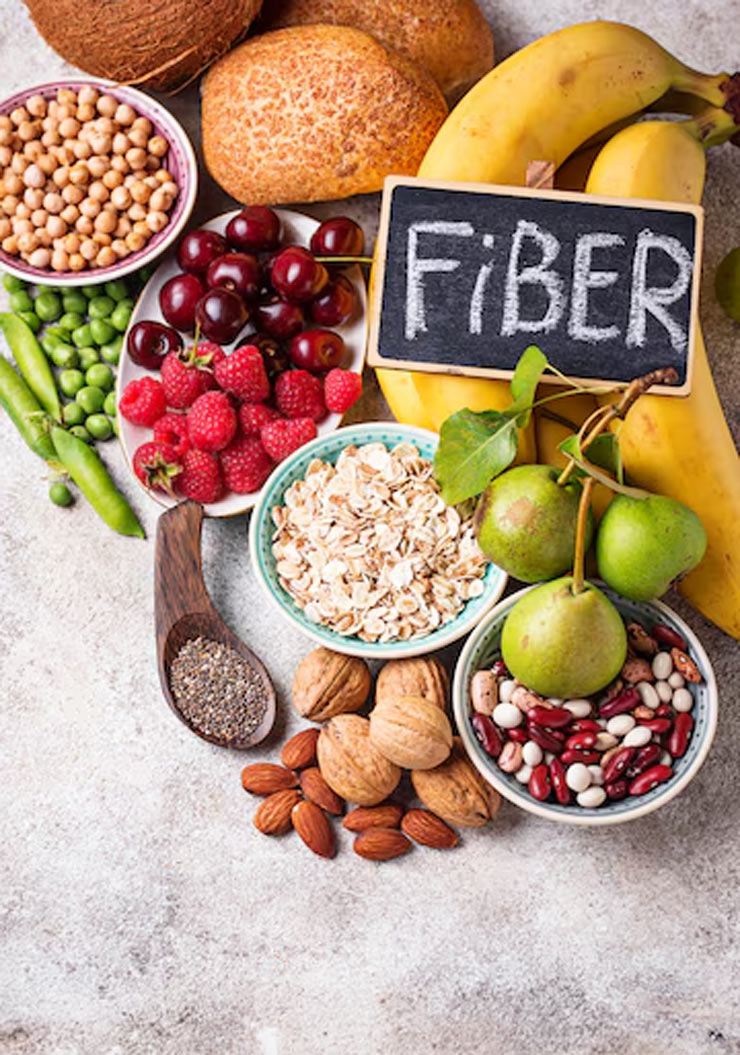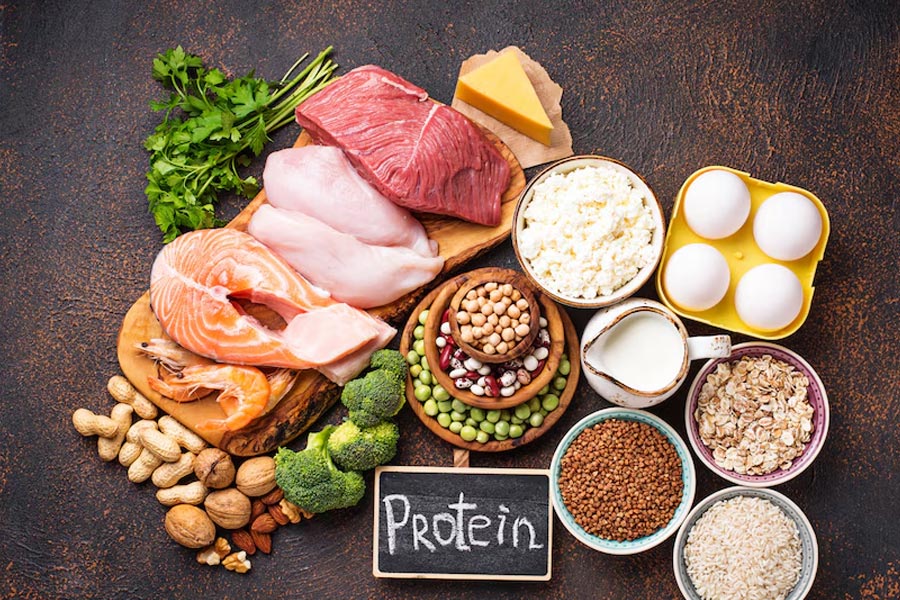Second Meal Effect Expert Explains What It Is And Its Role In Regulating Blood Sugar Levels
Doctor Verified
The second meal effect refers to the phenomenon in which the Glycemic Index (GI) of a preceding meal can have a lasting impact, affecting the body's blood sugar response to a subsequent meal.

There are many factors contributing to the second meal effect. One important factor is the role of dietary fibre. "Fibre helps control blood sugar spikes after eating by slowing down digestion. It also reduces the amount of sugar absorbed by the body. Additionally, fibre and other hard-to-digest carbs can even help regulate blood sugar levels at the next meal," added Dr Reddy. Moreover, fibre and other carbohydrates that are hard for the body to digest (like resistant starch and dietary fibre) can also help regulate blood sugar levels at the next meal, according to a 2012 study.
Consuming fibre-rich legumes, such as soybeans, helps regulate blood sugar levels after meals by slowing down digestion and absorption. Moreover, these foods also have a beneficial carryover effect, enhancing blood sugar control during subsequent meals.
Another significant factor is the modulation of insulin secretion and sensitivity. By consuming a high-fibre, low-glycemic index meal, the pancreas does not need to release large amounts of insulin immediately. This moderated response carries over to the next meal, where the body remains better prepared to manage the incoming glucose. The sustained release of insulin and improved sensitivity helps to keep blood sugar levels more stable throughout the day.

According to the Journal of Nutrition, giving a high-protein snack to people with type 2 diabetes two hours before breakfast resulted in a 40% reduction in postprandial blood glucose levels. This effect may be linked to the release of gut-derived signals. However, it remains uncertain whether these gut-derived signals (incretins), which enhance insulin secretion in response to glucose, have an influence on glucose responses during the second meal.
The second meal effect may be caused by the body's ability to store glucose as glycogen after the first meal. According to the 2012 study, it was found that:
- Breakfast consumption increased glycogen formation after lunch, with 50% more glucose stored as glycogen within two hours and double that within five hours.
Hence, eating a meal can improve your body's ability to maintain blood sugar levels and store glucose as glycogen. This leads to a reduced glycemic response to subsequent meals.
[ This article contains information provided by an expert and is for informational purposes only. Hence, we advise you to consult your professional if you are dealing with any health issue to avoid complications.]












